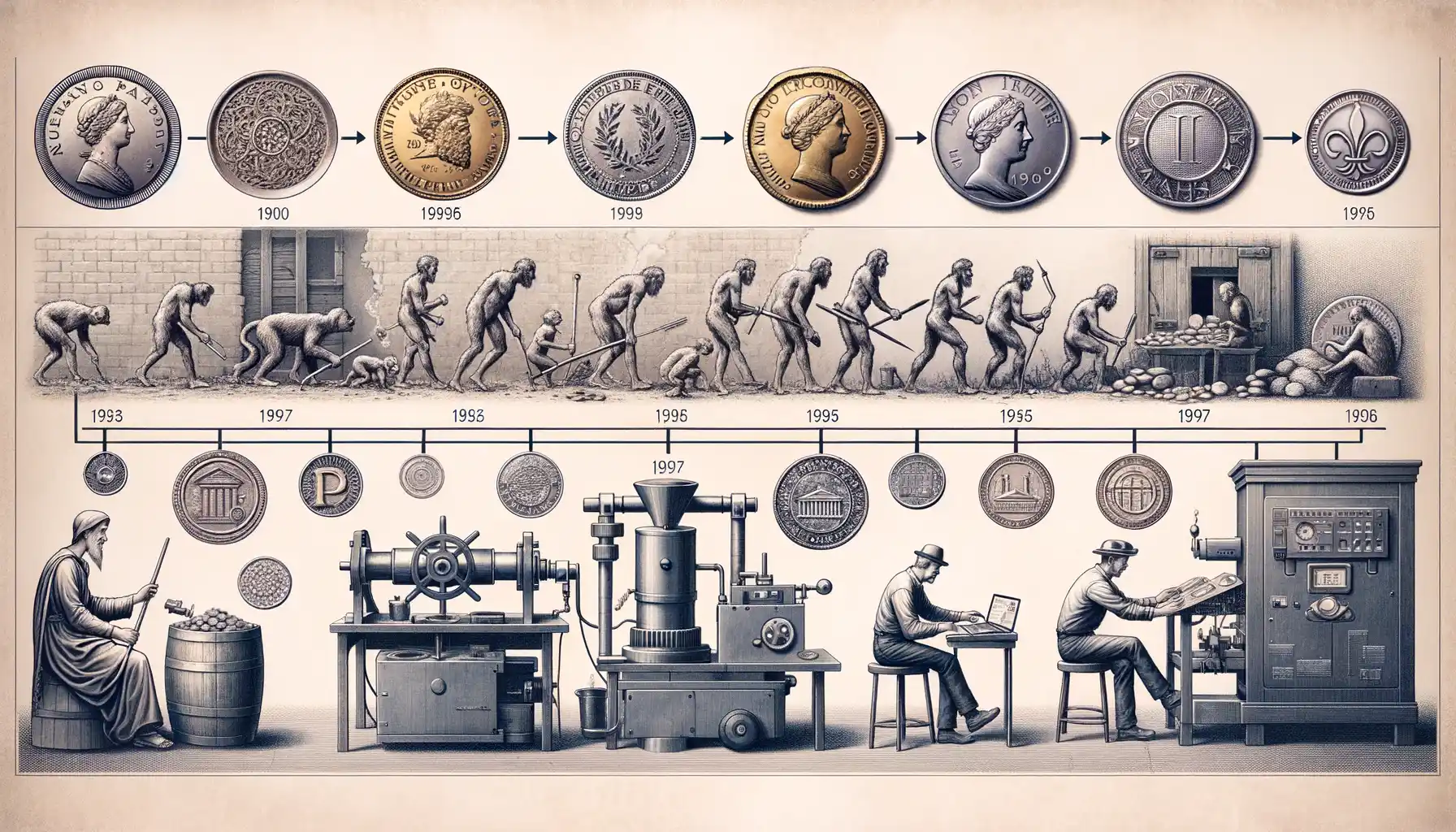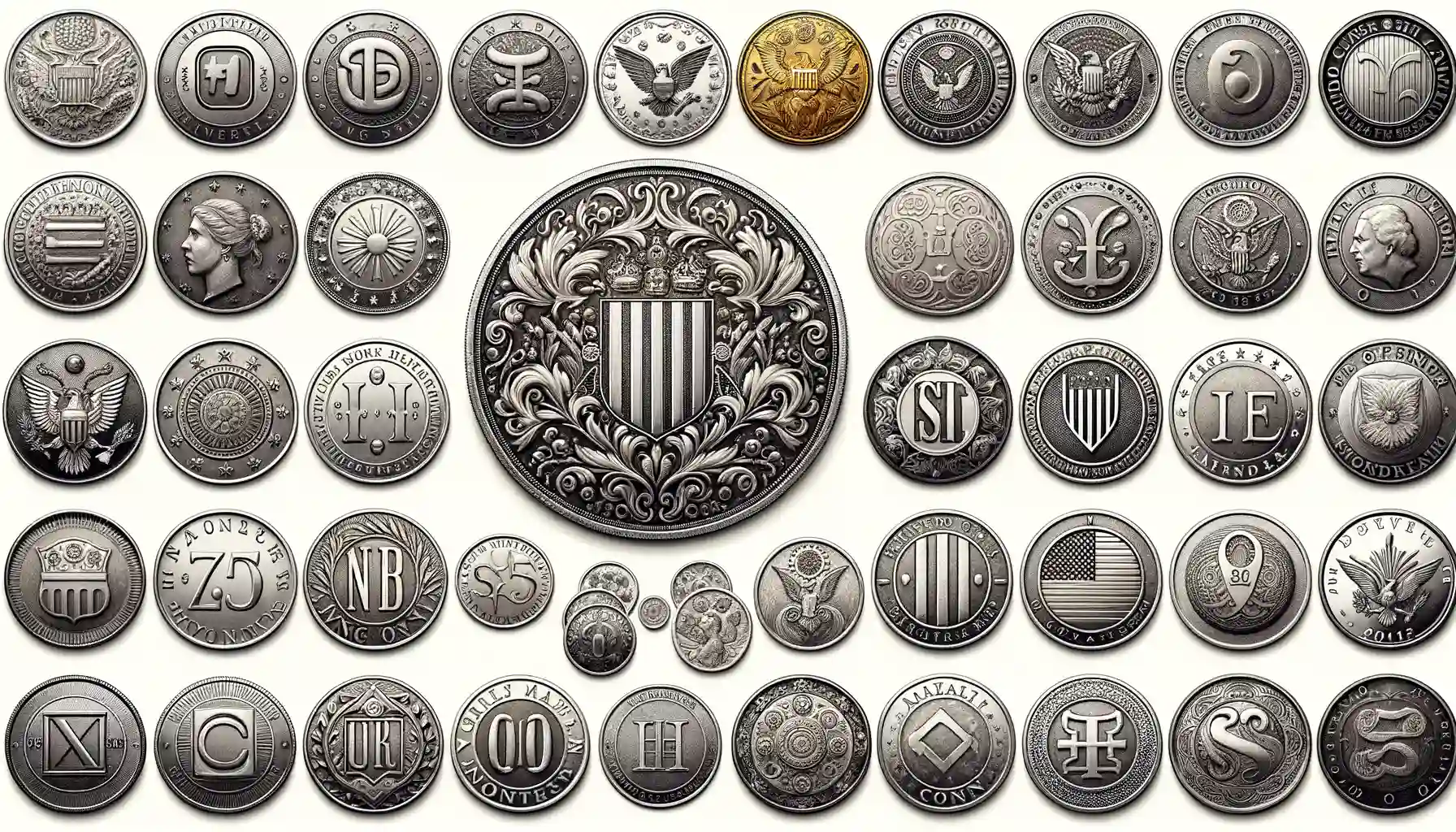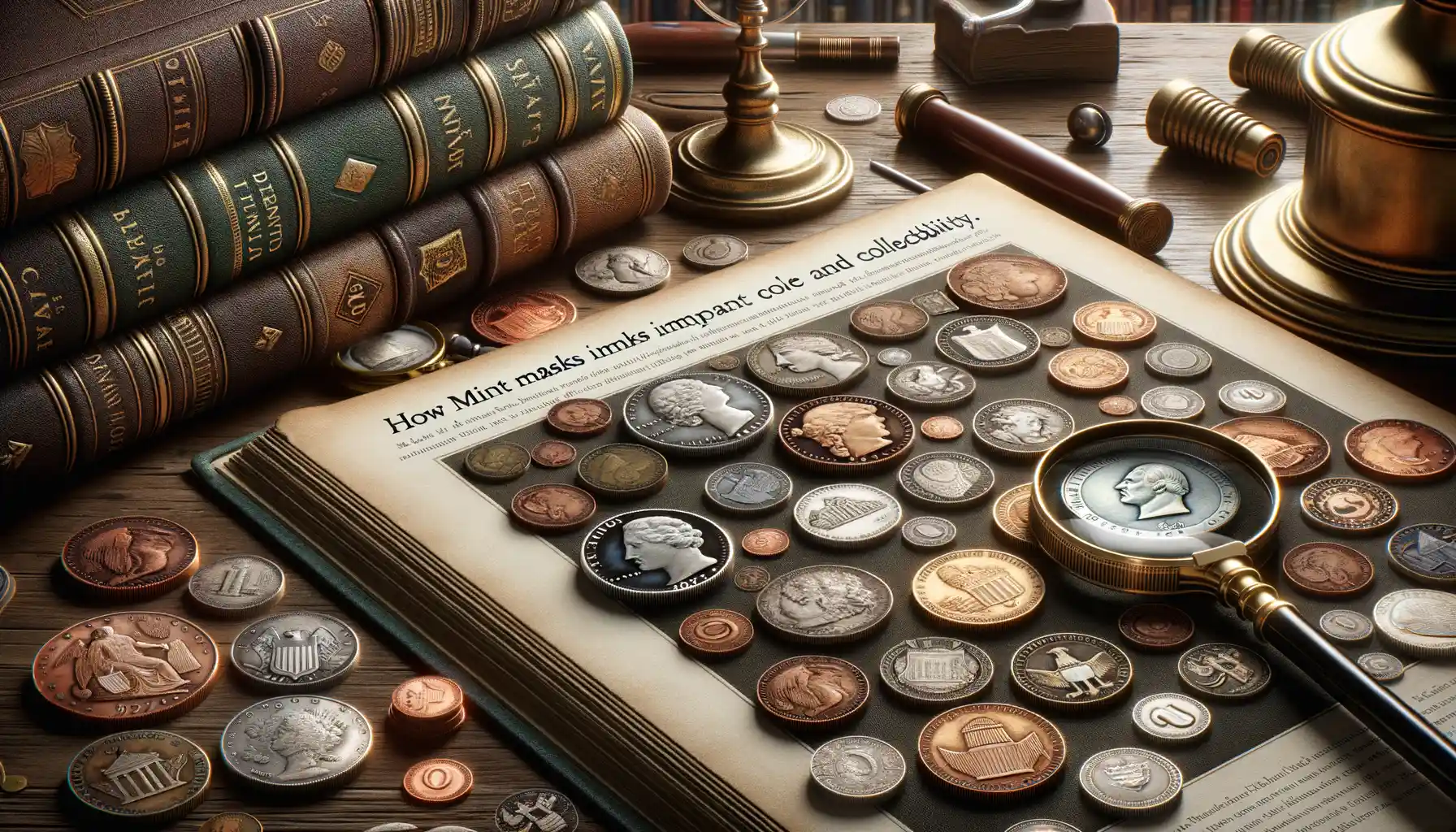What are Mint Marks and Their Purpose
Unlocking the Mystery of Mint Marks
Picture this: You’re holding a coin. It feels ordinary, yet it has the power to tell so many stories—if you know its secrets. Among those secrets is the humble mint mark. But what exactly is it? It’s a small letter or symbol stamped on a coin, subtly tucked away in plain sight. And that tiny mark has a big job: it tells you where the coin was born, its minting location.
Why does that matter? Well, mint marks transform coins from generic currency into unique works of art. For collectors, they’re like fingerprints, revealing the origins of a coin’s journey.
- Denver’s “D”, for instance, marks coins minted at the Denver Mint.
- The historic “CC” stands for Carson City, a mint beloved by collectors for its rarity.
- Meanwhile, no mint mark? That often points to the Philadelphia Mint—though there are exceptions!
Why Mint Marks Exist
Imagine managing massive coin production across multiple locations without tracking where each came from. Chaos, right? Mint marks bring clarity, helping the government oversee production and quality control. For enthusiasts, they offer a window into history—linking a coin to its region and era, sometimes even its cultural or political significance.
History and Evolution of Mint Marks

The Early Days: Where It All Began
Picture this: it’s the 4th century BC, and ancient civilizations like the Greeks and Romans are minting coins. But how do they ensure the authenticity of these shiny bits of currency? Enter the humble precursor to the mint mark. Back then, marks on coins—symbols, letters, or insignias—served as a signature, denoting where the coin was struck. For example, Greek coins often featured tiny letters that matched a specific minting city. Think of it as their version of a “Made in Athens” tag.
Fast forward to medieval Europe. As trade expanded, nations needed better ways to track their coins’ origins. The solution? Small, distinctive marks engraved onto coins became a norm. These weren’t just useful—they were lifesavers in a world where counterfeiting was a capital offense.
When Mint Marks Became a Global Affair
By the 18th and 19th centuries, the use of mint marks exploded with the rise of empires and global trade. Here’s how they evolved across pivotal moments in history:
- The United States introduced its first mint mark (“D”) in 1838, representing the Dahlonega Mint in Georgia.
- Spain’s colonial coins used intricate mint engravings like the “oM” for Mexico City, showcasing precision and artistry.
- French and British colonial powers marked coins to identify mints as far-flung as India and Africa.
Each small indent carried a story—a city, an era, a people—etched in metal forever. Coins became tiny time capsules, each mint mark whispering secrets of its origin. How remarkable is that?
Different Types of Mint Marks Across Countries

Exploring Mint Marks Around the World
Coins carry stories, and mint marks are their whispers. Across the globe, these tiny inscriptions hold clues to a coin’s birthplace. Did you know that in the U.S., a humble “D” can transport you to the Denver Mint, while in India, a small dot below the date hints at Noida’s bustling coin production? These marks not only guide us geographically but also unlock cultural quirks.
Take Mexico, for instance – its coins often feature an ornate “Mo” for the Casa de Moneda in Mexico City, the oldest mint in the Americas. And then there’s Germany, where precision reigns supreme: coins proudly showcase letters like “A” for Berlin or “D” for Munich. Each letter is a passport to a specific city.
- Japan: Look for the iconic chrysanthemum symbol, representing its national mint.
- Australia: A stylized “C” stands for Canberra, home to the Royal Australian Mint.
These marks aren’t just practical—they’re fascinating glimpses into local identities. Suddenly, a simple coin becomes a world traveler, carrying secret codes for those willing to look closer. How poetic is that?
How Mint Marks Impact Coin Value and Collectability

Unlocking the Secret Behind Tiny Letters
Imagine holding a coin so small it could slip through your fingers, yet it carries a hidden story in its design. That unassuming little letter—maybe a bold “S” for San Francisco or a proud “D” for Denver—isn’t just a stamp of origin. It’s a key! A mint mark can transform an ordinary pocket change into a collector’s treasure.
The value? Oh, it’s all in the details. A coin minted in a smaller facility with limited production can skyrocket in worth. Think of the 1909-S VDB Lincoln cent; with its S mint mark and rarity, it’s the celebrity of U.S. pennies!
– Coins from elusive mints are often produced in smaller batches—making them rare.
– Certain mint marks have odd quirks! Like “CC” (Carson City), whose coins are among the most sought-after for their historical scarcity.
Collectors crave these subtleties; they’re whispers of history waiting to be heard. So, next time you see a dime or quarter, take a closer look. That tiny mark might just be the passport to a thrilling discovery!
Tips for Identifying and Understanding Mint Marks

Where to Spot Mint Marks: Trust Your Eyes
Mint marks can be sneaky little details. They’re often hiding in plain sight, waiting for your attentive eye to discover them. These tiny letters hold big significance and are usually located on specific spots of a coin—think of it as their home address. On U.S. coins, for instance, you might find the mint mark just under the year on the obverse side or at the bottom of the reverse. But watch out! Every country has its own peculiar “map” for mint marks.
Want to know something fun? Some coins have mint marks so small they require a magnifying glass to see clearly. Yes, grabbing a loupe or even your phone’s camera with zoom can make spotting these marks feel like unlocking a secret code.
- Flip that coin! On older American coins, such as Morgan silver dollars, look near the eagle or beneath it.
- European coins love to place their mint marks near design elements, like shields or crowns.
Decoding Their Stories: What Mint Marks Tell You
A mint mark isn’t just an identifier—it’s a storyteller. A coin stamped with a bold “S” hails from the historic San Francisco Mint, while a “P” nods to the bustling Philadelphia Mint. Consider this: a 1943 copper Lincoln cent with a “D”? Jackpot! That tiny “D” (Denver Mint) can transform an ordinary coin into a treasure worth thousands.
The beauty of mint marks is how they connect us to history. So next time you spot a coin, let your curiosity guide you. Each mark is a whisper from the past, waiting for you to listen.